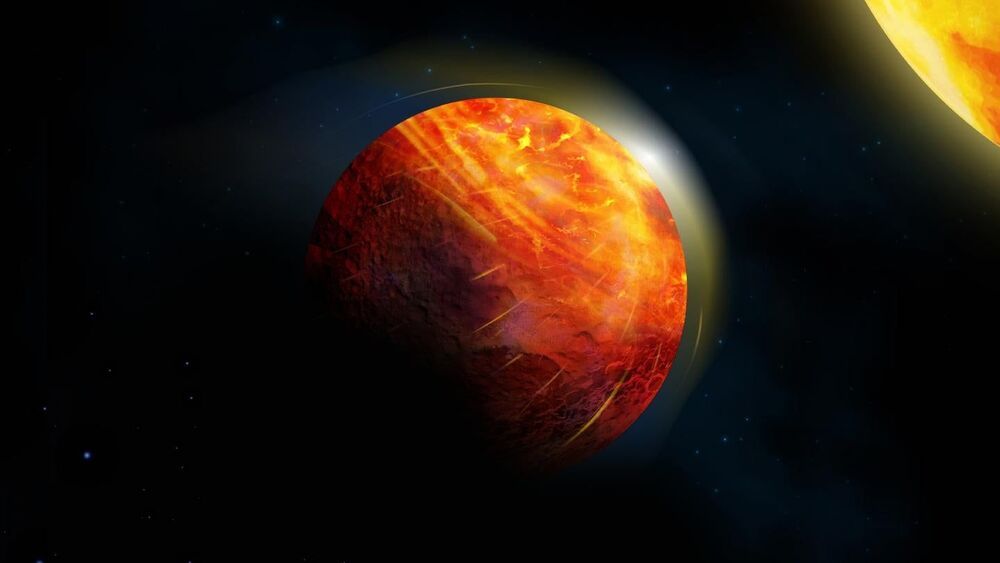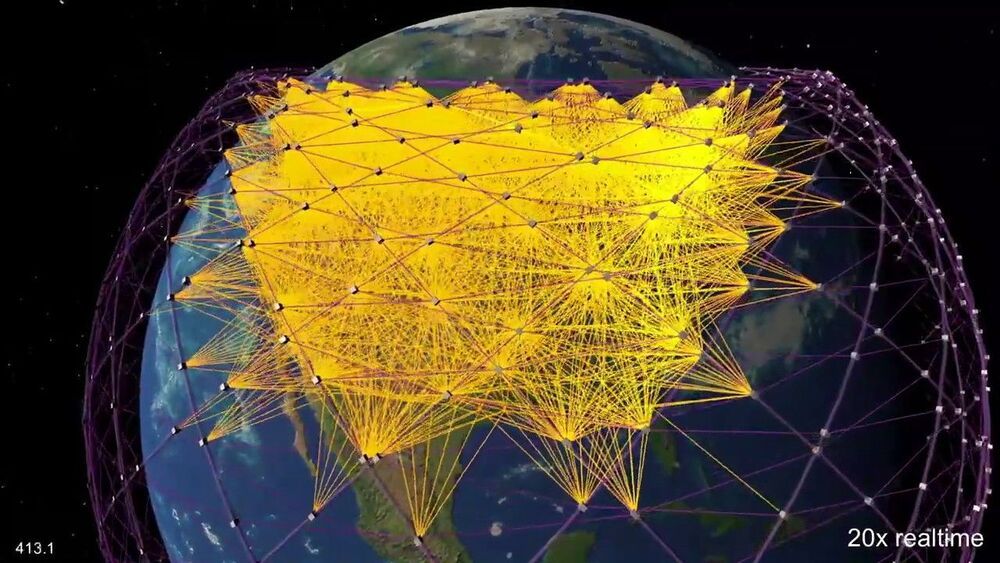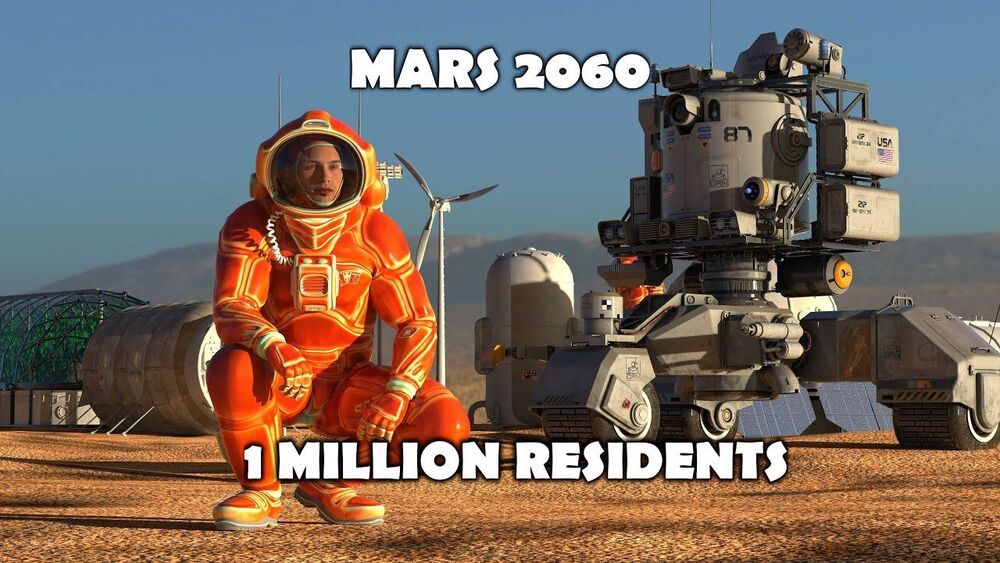Nov 5, 2020
Data analysis identifies the ‘mother’ of all SARS-CoV-2 genomes
Posted by Quinn Sena in category: biotech/medical
In the field of molecular epidemiology, the worldwide scientific community has been sleuthing to solve the riddle of the early history of SARS-CoV-2.
Since the first SARS-CoV-2 virus infection was detected in December 2019, tens of thousands of its genomes have been sequenced worldwide, revealing that the coronavirus is mutating, albeit slowly, at a rate of 25 mutations per genome per year.
But despite major efforts, no one to date has identified the first case of human transmission, or “patient zero” in the COVID-19 pandemic. Finding such a case is necessary to better understand how the virus may have jumped from its animal host first to infect humans as well as the history of how the SARS-CoV-2 viral genome has mutated over time and spread globally.


















